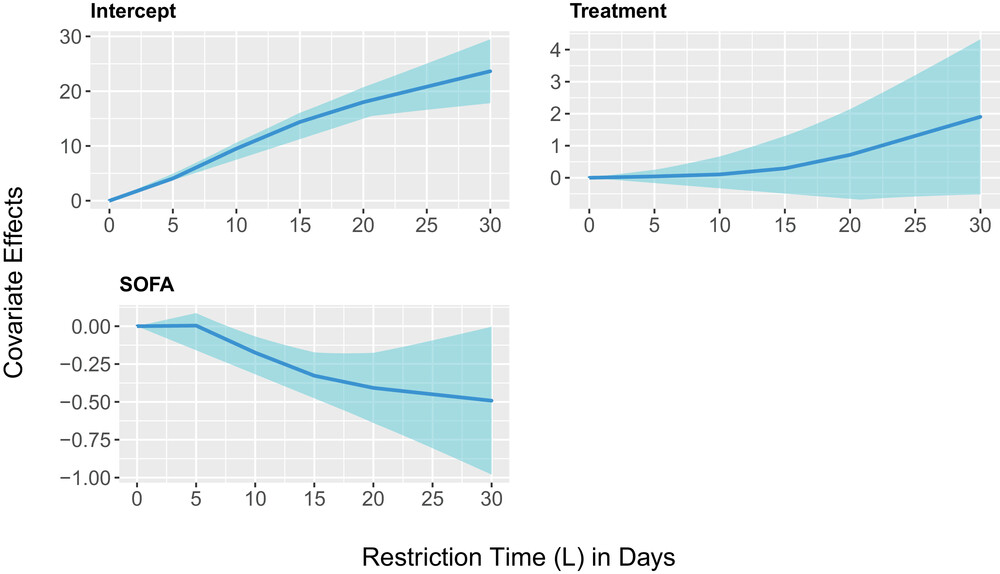August 30, 2023
In this article that appeared in a special issue in the Biometrical Journal, Chen et al describe how restricted mean survival time (RMST), an alternative representation of survival time, can be adapted to have clustering. They were motivated by multicenter randomized trials or cluster randomized trials. They employed a generalized estimating equation approach (GEE) with a working independence assumption and inverse probability of censoring weights (IPCW),
They specifically focused on an approach, the RMST regression method by Zhong and Schaubel (2022) (abbreviated as the ZS method), which assumes independent and identically distributed survival data, and which as they stated cannot be directly applied without modifications. Their proposition was to modify the ZS approach and also to cultivate bias-corrected sandwich variance estimators all for their RMST regression with clustering approach. They employed the GEE with IPCW following the Robbins and Finkelstein (2000) approach. They demonstrated four difference bias correction estimators that have already been published by other authors by testing in simulations to see if they would work with clustered data instead of i.i.d. survival data and also IPCW.
When they employed their simulations, they used a generalized linear model with frailty to generate correlated survival data. The results showed that accounting for clustering was important as compared to using a model that doesn’t handle clustering when the data clearly has clustering. They found that to achieve nominal confidence interval coverage with a small number of clusters, that their results showed the the MBN-type variance estimator for the intercept and cluster-level effect parameters worked well and the MD-type variance estimator for individual-level effect parameters worked well.
For real data analysis, they used an ANDROMEDA shock multicenter clinical trial data, with the clustering by center and also the STRIDE trial, a cluster randomized trial. It appeared that their method worked in both data applications although they did not state any negatives about this. In their Discussion section, they do admit the IPCWs can be a problem and they suggested finding more efficient ways to estimate the IPCWs. What they did not address until their discussion were their use of splines with the clustered RMST. They then mentioned that this would need to be explored further. They did also discuss how they only employed identity and link functions in their GEE, but had not tried others. One major item that the authors did not discuss was how the GEE is at the population level for interpretation of parameters. The authors completely skirted this issue. It has seemed in conclusion that the authors or others would need to parse out all these issues even further.
Written by,
Usha Govindarajulu
Keywords: survival, restricted mean survival time, generalized estimating equation, clustering
References
Chen X, Harhay MO, and Li F (2023). “Clustered restricted mean survival time regression” Biometrical Journal, 65(6): Special Issue: 42nd ISCB Conference (ISCB 2021). https://doi.org/10.1002/bimj.202200002
Robins, J. M., & Finkelstein, D. M. (2000). Correcting for noncompliance and dependent censoring in an AIDS Clinical Trial with inverse probability of censoring weighted (IPCW) log-rank tests. Biometrics, 56(3), 779–788.
Zhong, Y., & Schaubel, D. E. (2022). Restricted mean survival time as a function of restriction time. Biometrics, 78(1), 192–201.
https://onlinelibrary.wiley.com/cms/asset/30dcbe53-801b-47ad-bc28-28e7c67a0d77/bimj2362-fig-0001-m.jpg
